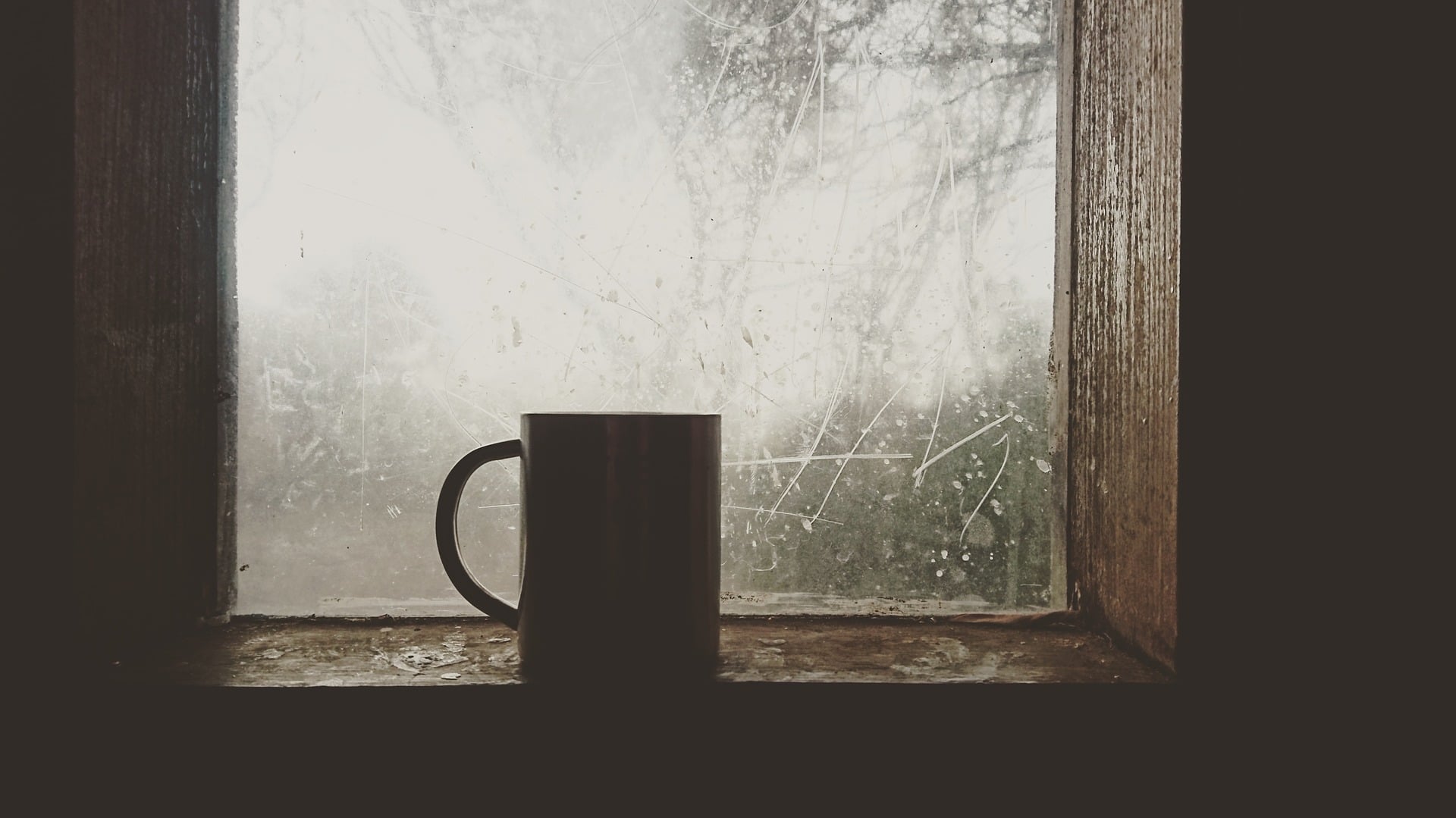
Weatherizing windows is an easy and effective way to save money and cut your energy use, winter or summer. Properly weatherized windows not only keep your conditioned air in but also keep unconditioned air out. What’s more, by properly sealing your windows and any other air leaks in your home, you could save 10-20 percent on utility bills.
Finding Leaks
The first step in weatherizing your windows is to determine where the leaks are. Light an incense stick on a windy day and walk around your home, waving it in front of windows to see if the smoke wavers.
Another way of discovering if your windows need attention is to shake the window. If it rattles in place, the frames may be loose and require nailing and caulking.
Also, look around the window as it sits in its frame. If you can see daylight around it and not just through it, you will need to add insulation.
Fixing Air Leaks
The reasons for drafty windows vary. With old windows, the putty sometimes grows brittle and falls off, so that the glass rattles. The double-hung sashes on wood windows may shrink as they age, and allow in cold air. Even new aluminum or vinyl windows are not exempt from aging concerns: gaskets and weatherstripping will eventually wear out.
Your primary materials for repairing air leaks will be caulk and weatherstripping. Use caulk for cracks and openings between the house and window frames. Weatherstripping is usually applied around the parts of the windows you open and close.
Remove old caulk before applying the new. Select silicone caulk and apply it steadily with a caulk gun.
Self-adhesive foam weatherstripping works well when applied at the bottom of a window. Buy the smallest size possible to seal the gaps. then peel and stick it in place.
Clear plastic window film is also effective for keeping drafts out. Follow directions to apply window film smoothly, using a hair dryer to stretch the product and seal any air leaks around the sides.
For all your HVAC needs, contact Jackson and Sons, serving Eastern North Carolina since 1974.
Our goal is to help educate our customers in Eastern North Carolina (including Wayne, Johnston, Greene, Lenoir, Pitt and Duplin Counties) about energy and home comfort issues (specific to HVAC systems).
Credit/Copyright Attribution: “israelbest/Pixabay”